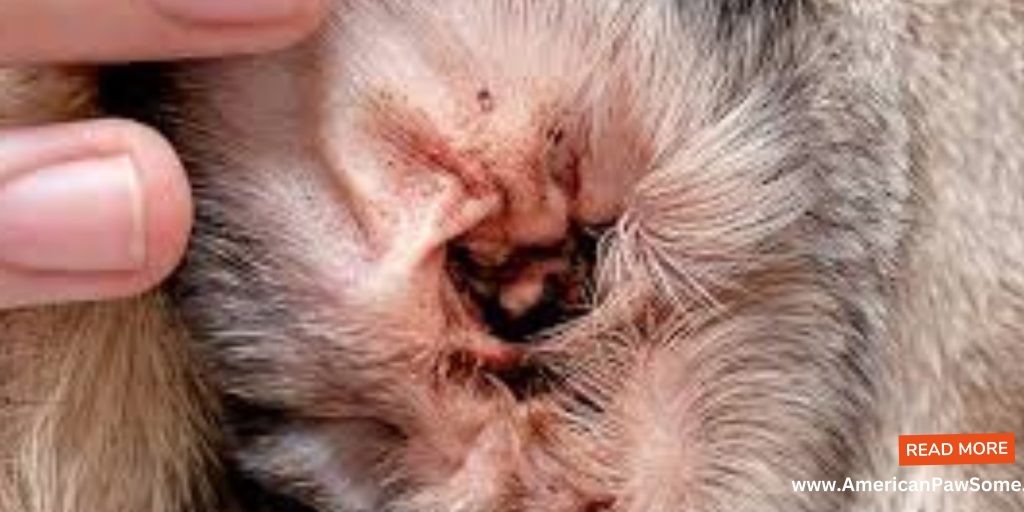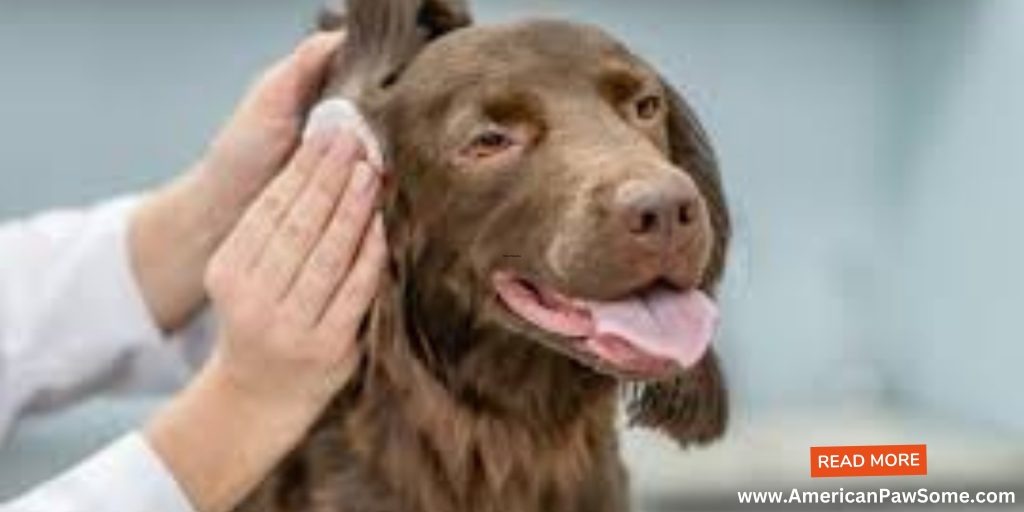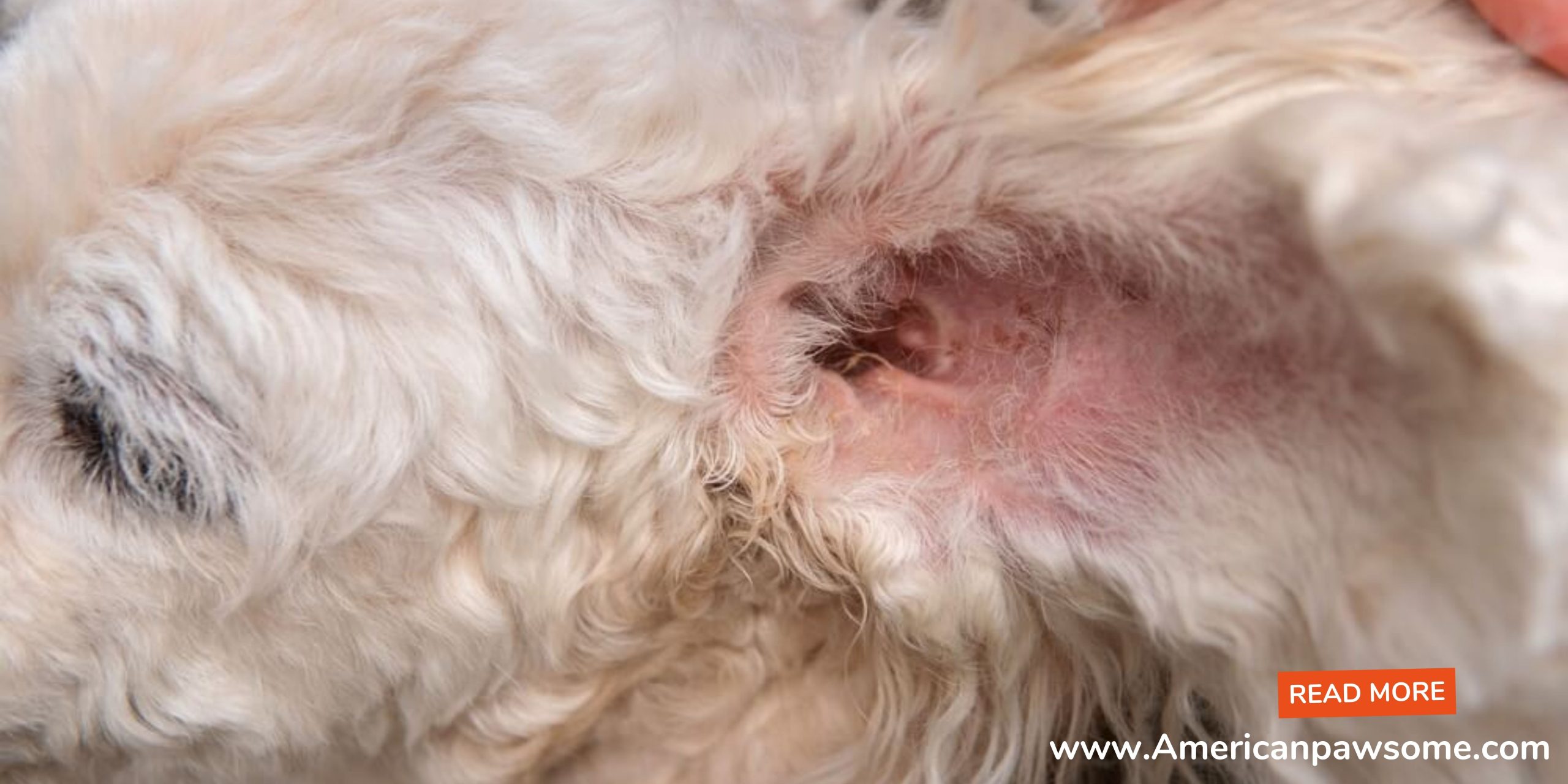When our beloved dogs battle ear yeast infections, it can truly tug at our heartstrings. Just like us, our furry companions can experience discomfort due to pesky yeast overgrowth in their ears. While seeking guidance from a vet is essential, there are simple yet effective ways to lend a helping hand at home to soothe your dog’s discomfort and potentially steer clear of future ear woes.
Understanding Those Tricky Ear Yeast Infections in Dogs

Those irritating yeast infections in dogs’ ears, often caused by the Candida fungus, bring on symptoms like itchy ears, redness, not-so-pleasant odors, and lots of ear scratching. To lend your furry pal a paw, you’ll need a mix of tender cleaning, proper treatment, and some clever preventive strategies.
- Step OneTalk to Your Vet: Before jumping into any DIY solutions, make a beeline for your vet’s office. They’re the experts who can give the official word on whether your dog’s ear situation is indeed a yeast infection or something different that calls for another approach.
- Give Those Ears Some TLC:Making ear cleaning a regular thing can be a game-changer in preventing yeast infections. Grab a vet-approved ear cleaning solution and some gentle cotton. Gently clean the outer ear, but take care not to poke anything too far inside the ear canal – we’re aiming for comfort, not complications.
- Trust the Vet’s Game Plan:If your vet gives the thumbs up, follow their lead and use the prescribed ear drops or ointments. These little wonders often pack antifungal and antibacterial powers that are just what the doctor ordered. Stick to the vet’s instructions like your dog’s happiness depends on it – because it does!
- Keep Things Fresh and Clean:
- A bit of doggy pampering in the grooming department goes a long way. Trim those excess hairs around your pup’s ears – long hair can be a cozy spot for moisture and yeast to join forces. Regular grooming is your secret weapon against infections.
- Wholesome Meals for the Win:Spoil your fur baby with a balanced diet that’s a treat for their taste buds and health. Aim for high-quality dog food that’s light on the additives to keep your pup’s nutrition in check.
Nature’s Goodness to the Rescue:

Some natural remedies can offer comfort and a gentle nudge toward healing:
- Aloe Vera Gel: Think of it as a soothing balm for your pup’s ears. Dab on a bit of pure aloe vera gel on the outer ear for that extra bit of TLC.
- Coconut Oil: This kitchen superstar doubles up as a natural antifungal. Gently apply a tiny amount to the affected area. Remember, moderation is key – too much moisture can make things worse.
- Apple Cider Vinegar Magic: Create a mix of apple cider vinegar and water. It helps restore the ear’s natural balance and tells yeast to find another hangout. Use a dropper to put in a few drops into the ear canal.
Frequently Asked Questions (FAQs) about Curing Yeast Infections in Dogs’ Ears
What are the common signs of a yeast infection in a dog’s ears?
A yeast infection in a dog’s ears can cause symptoms like itching, redness, excessive scratching, head shaking, a foul odor, and sometimes even discharge.
Can I treat my dog’s ear yeast infection at home without consulting a vet?
A vet can determine if it’s truly a yeast infection and provide the right guidance.
How can I prevent yeast infections in my dog’s ears?
Regular ear cleaning, maintaining good hygiene by trimming excess hair around the ears, providing a balanced diet, and avoiding moisture buildup are key preventive measures..
Can I use over-the-counter antifungal creams for my dog’s ear yeast infection?
It’s not recommended to use over-the-counter human products on dogs without veterinary approval. Some ingredients might be harmful to pets. Always consult your vet before using any medication or treatment on your dog.
Are natural remedies safe and effective for treating ear yeast infections in dogs?
Some natural remedies, like aloe vera gel, coconut oil, and diluted apple cider vinegar, can offer relief and support the healing process. However, their effectiveness can vary, and it’s crucial to use them under your vet’s guidance to ensure they’re safe for your specific dog.
Can a dog’s diet influence the occurrence of ear yeast infections?
Yes, diet plays a role in your dog’s overall health, including their immune system’s strength. Providing a well-balanced, high-quality diet can contribute to a healthier immune system, making your dog less susceptible to infections.
How often should I clean my dog’s ears to prevent yeast infections?
The frequency of ear cleaning can vary based on your dog’s breed, activity level, and susceptibility to infections. Generally, a weekly or bi-weekly ear cleaning routine can help maintain ear health. However, consult your vet for personalized advice.
Can stress or allergies contribute to ear yeast infections in dogs?
Yes, stress and allergies can weaken a dog’s immune system, making them more prone to infections. Identifying and managing the underlying causes of stress or allergies can contribute to overall ear health.
Can I use cotton swabs to clean my dog’s ears?
It’s not recommended to use cotton swabs or any objects that can push debris deeper into the ear canal, potentially causing harm. Stick to using soft cotton balls and only clean the external part of the ear.
What should I do if my dog’s ear yeast infection doesn’t improve with home remedies?
If your dog’s condition doesn’t improve or worsens despite using home remedies, it’s crucial to consult your veterinarian promptly. They can reassess the situation, adjust the treatment plan, and ensure your dog receives appropriate care.
Remember, your veterinarian is the best source of information and guidance for addressing your dog’s specific ear health concerns. Always seek professional advice before making any decisions about treatment or care.
Conclusion
Taking care of your dog’s ear yeast infection involves a blend of gentleness, the right treatments, and a sprinkle of nature’s goodness. Always kick off with your vet’s wise advice – they’re your pup’s health heroes. With a dash of hygiene, a hearty diet, and some nature-inspired love, you can turn your pup’s recovery journey into a comfy one. Keep in mind, your furry friend’s well-being comes first, so don’t hesitate to connect with your vet whenever you need a helping paw.
